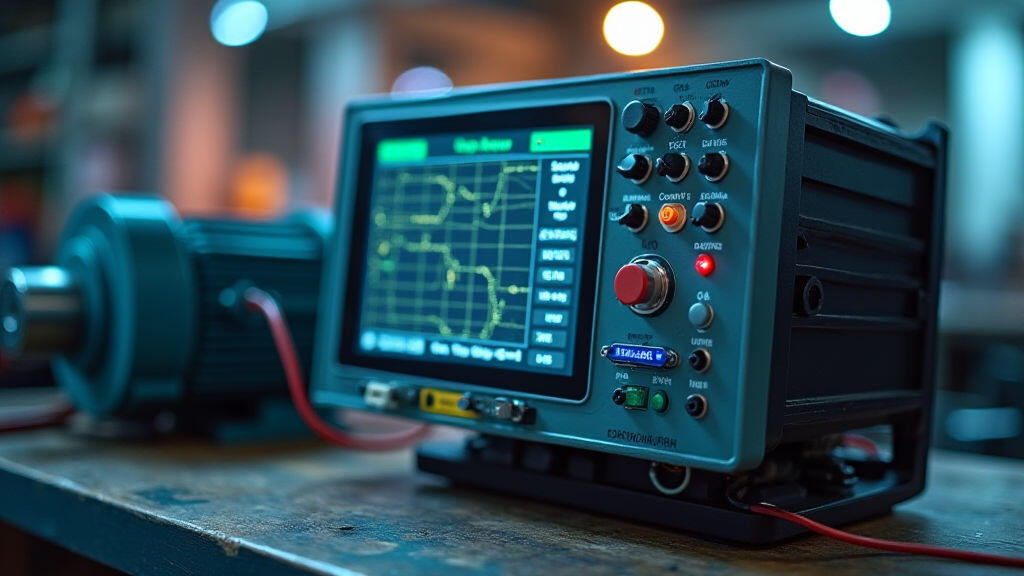
Modern farms are becoming hubs of sophisticated technology. From high‑precision seed drills to self‑steering combine harvesters, every piece of equipment relies on reliable and efficient motion control. At the heart of most of these machines is the DC gear motor—a compact, power‑to‑torque engine that turns input electrical energy into the mechanical motion needed on the field. Selecting the right DC gear motor is not just a technical decision; it can mean the difference between a smooth harvest and costly downtime.
DC gear motors combine a direct‑current (DC) electric motor with a gear train that reduces speed while increasing torque. This combination delivers a few key advantages for farm equipment:
Because these machines often operate continuously for hours, the motor’s performance has a direct influence on fuel consumption, wear rates, and the overall cost of operations.
When choosing a DC gear motor, engineers must evaluate several core characteristics. Too simple an analysis breaths false confidence; too complex an approach bogs down decisions. Below is a balanced set of criteria that balances reliability with clarity.
| Parameter | Practical Relevance | Typical Check | |-----------|---------------------|---------------| | Nominal Power (kW) | Matches the load’s horsepower requirement | Compare to haul, lift, or pump demands | | Output Torque (Nm) | Determines ability to start heavy loads | Minimum torque > required starting torque | | Speed (RPM) | Must match the machine’s speed profile | Use gear ratio to reach target field speed | | Current Draw (A) | Affects battery sizing and overheating | Seasonal weather alters current needs | | Duty Cycle | Indicates how long the motor can run at max without overheating | Field operation usually 8‑12h continuous | | Gear Ratio & Type | Impacts final torque/speed and backlash | Worm‑gear for high torque, planetary for speed | | Enclosure & Rating | Protects against dust, water, and chemicals | IP54, IP65 for outdoor use |
These parameters are usually available in the motor’s datasheet. A quick calculation, such as power = torque × speed, helps verify if the motor can meet the farm machine’s demands.
High‑pressure sprayers must deliver uniform fluid across a wide swath. The DC gear motor drives the pump and the variable speed controller. If the motor’s torque is too low, the pressure drops mid‑field. A 10 kW, 90 Nm motor at 400 RPM, coupled with a 6:1 gear ratio, typically satisfies most medium‑size sprayer units.
Seeders rely on accurate feed rates. Powered by a DC gear motor, the wheel system’s torque has to overcome soil impedance. Here, a lower power motor (5 kW) with a high gear ratio (10:1) delivers enough torque (≈120 Nm) to keep the feed mechanism steady.
Self‑steering tractors require responsive steering actuators. Low‑torque, high‑speed DC gear motors (3 kW, 50 Nm at 1,200 RPM) coupled with planetary gears allow rapid steering turns without heavy stiffness.
In each case, a wrong selection can lead to motor overheating, reduced lifespan, and loss of yield due to mis‑timed operations.
Modern agriculture places a premium on data‑driven operation. DC gear motors are wired into an embedded controller that manages speed, torque, and fault detection. A well‑selected motor that matches the controller’s voltage and current range ensures smooth integration.

Real‑time monitoring can schedule maintenance, tweak torque curves, or adjust for changing soil densities. The synergy between motor selection and control firmware unlocks efficiencies that translate into fuel savings and longer machinery uptime.
Choosing the right motor also means lower energy consumption. A DC gear motor that operates within its optimal load range draws less current, meaning less power from the farm’s generator or battery bank. This cuts operating costs and extends the life of electrical components.
From an environmental standpoint, less electrical waste means a smaller carbon footprint—a point increasingly important as agricultural operations face stricter emissions standards and the need for sustainable practices.
These trends suggest that the future of DC gear motors lies in smarter, lighter, and higher‑efficiency designs.
In the evolving landscape of modern agriculture, the DC gear motor stands out as a pivotal component of almost every piece of equipment. Its ability to provide concentrated torque within a compact form factor makes it essential for tasks ranging from seed planting to high‑pressure spraying. The key to unlocking its full potential is a meticulous yet practical selection process—matching power, torque, speed, and duty cycle to the specific demands of the farm machine.
Choosing the right motor not only safeguards equipment and maximises yield but also promotes sustainability and fosters the emerging trend of data‑centric farming. As technology continues to merge, engineers must keep an informed eye on the ever‑shifting requirements of agricultural machinery, ensuring that each DC gear motor chosen today will be a reliable partner for tomorrow’s precision fields.

Recursive design thinking combined with clear selection metrics guarantees that DC gear motors will continue to drive innovation in agriculture, powering a greener, more productive future.
Leave A Reply
Your email address will not be published. Required fiels are marked